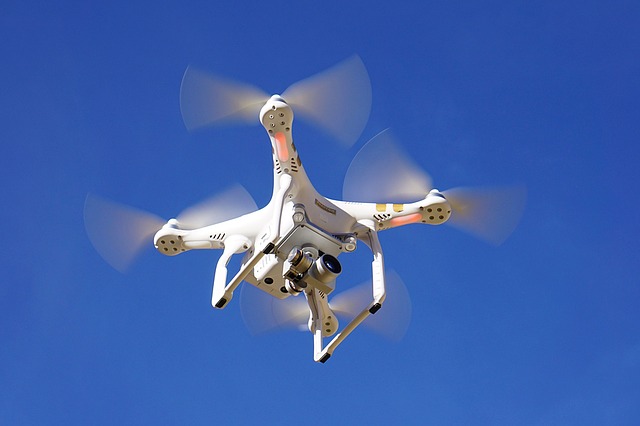Obstacle avoidance - what is this?

Some of the drones on the market have the option of Obstacle avoidance. This means that they can fly around static objects and avoid collisions with them. These objects can be buildings, trees, mountains, cars, etc. The static avoidance option has been developed in recent years as necessary and most useful. The manufacturers of DJI, Yuneec, Skydio, and Walkera, have implemented this technology in their products. Now the latest drones from them have front, back, below, and side obstacle avoidance sensors. One of the best obstacle detection and collision avoidance on a small drone is the DJI Mavic Air and Mavic Air 2 which was released in April 2020.
Obstacle Avoidance - how it works?
However, avoiding static objects has some limitations. Due to the fact that drones “see” about 30 meters in front of them, the speed at which they move determines the ability to “see” the object that they have to avoid. The static avoidance option is common among small drones. They usually fly lower and are more likely to encounter an obstacle in their path. Large drones, as well as those for professional use, usually fly at higher altitudes and the chance of encountering an obstacle is much lower. Therefore, market demand does not imply the integration of a static avoidance system in them. The use of static avoidance helps in flights around such presumed objects that could pose a danger to the drone. Such objects can be electric poles, signs of urban infrastructure, buildings, trees, monuments, and others.
Obstacle Detection To Track And Follow Objects
These obstacle detection sensors on the drones can do more than just detect objects and navigate around them or to stop them from crashing into the obstacle. All of the mentioned drones use their vision sensors together with advanced image recognition algorithms to allow the quadcopter to recognize and track objects. These obstacle detection sensors and algorithms can detect people, vehicles, animals, and many other objects to follow.
DAA - Detect-and-Avoid
Unlike static object avoidance, the Detect and Avoid capability allows the drone to see and detect danger in advance and to maneuver according to its location and position. This happens dynamically during the flight itself. A dynamic obstacle can be another drone, an airplane, or a bird. DAA systems detect these obstacles from a greater distance and allow maneuverability.
The difficulty actually comes from the fact that the integration of a system to timely detection of objects must work in real-time and allow the drone to respond. This can be achieved through real-time localization and mapping. But it is difficult for these systems to operate in real-time at the required speed so that the drone can respond on time.
These systems are not integrated with small drones yet. Their use and adherence to the VLOS, which does not allow small drones to fly outside, do not imply the need for such systems.
Subscribe to receive latest news from us

Other topics you may want to read:

Advices
3 of the biggest possible mistakes you can make as a beginner drone flyer
Flying your drone for the first time can be incredibly exciting but there’s the potential for you to make a mistake that could really ruin your day. It could really ruin your time out flying.

Advices
Fly a Drone
How to fly a drone Here you can find some very useful tips for fly a drone Explanations of the principals how to fly a

Advices
What is a Good Weather to Fly a Drone?
The way drones are used nowadays is a far cry from when they were first used by the Royal Air Force in the U.K. to train pilots. Although they are still used for military purposes, drones have evolved beyond sovereign interests to extend to such areas as search and rescue operations, geomapping, law enforcement, agriculture, photography, and filmmaking.
